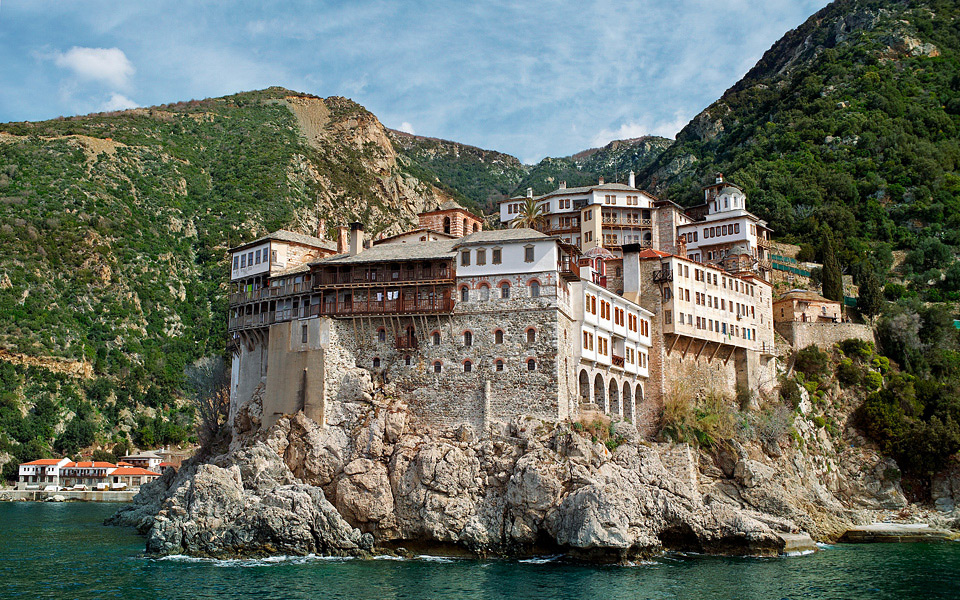
Cruise to Mount Athos
Mount Athos, as is widely known- is the spiritual capital of Orthodoxy. In Athos there are twenty monasteries, twelve sketches and about seven hundred huts and cells or hermitages, which inhabit about two thousand monks. The “Virgin Mary” is the paradise of the Eastern Peninsula of Halkidiki. The monastic state of Mount Athos is the most important carrier of Orthodox Christianity, as it is distinguished for its spiritual superiority and its centuries -old history.
The cruise on Mount Athos departs daily from the port of Ouranoupolis. The ship sails 500 meters off the coast to admire the magnificent monasteries on the west coast of the Athos peninsula.
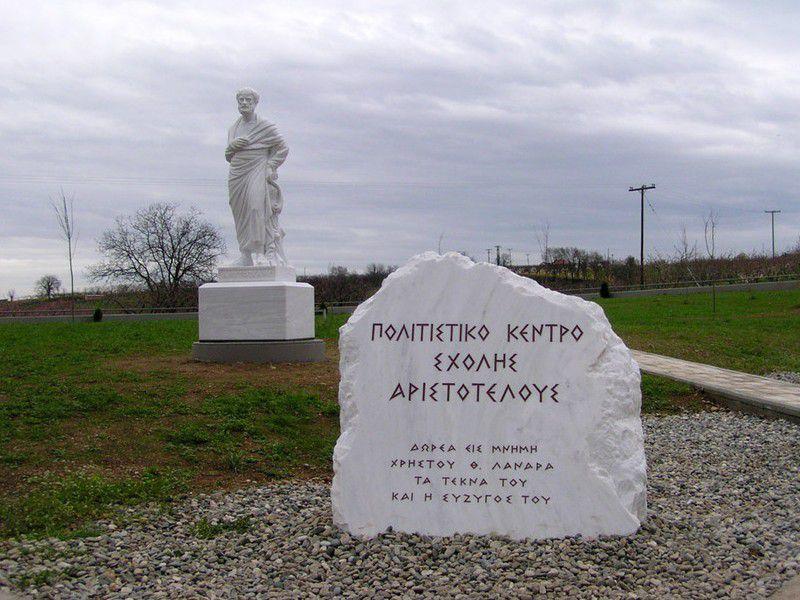
Aristotle Park
Aristotle’s “Grove of Aristotle”, the only theme park in Halkidiki and at an altitude of 500 meters overlooking the Gulf of Ierissos, is located in the birthplace of the Greek philosopher in Stagira.
Worth seeing:
“Play” with the various interactive instruments such as: compass, telescopes, prism, sundial, lens, pent -clock, alarm clock, optical discs etc.
Walk in Aristotle’s steps! The Halkidiki Tourism Organization has created a wonderful walking trail, 14mm, connecting Aristotle’s Park with ancient Stagira!
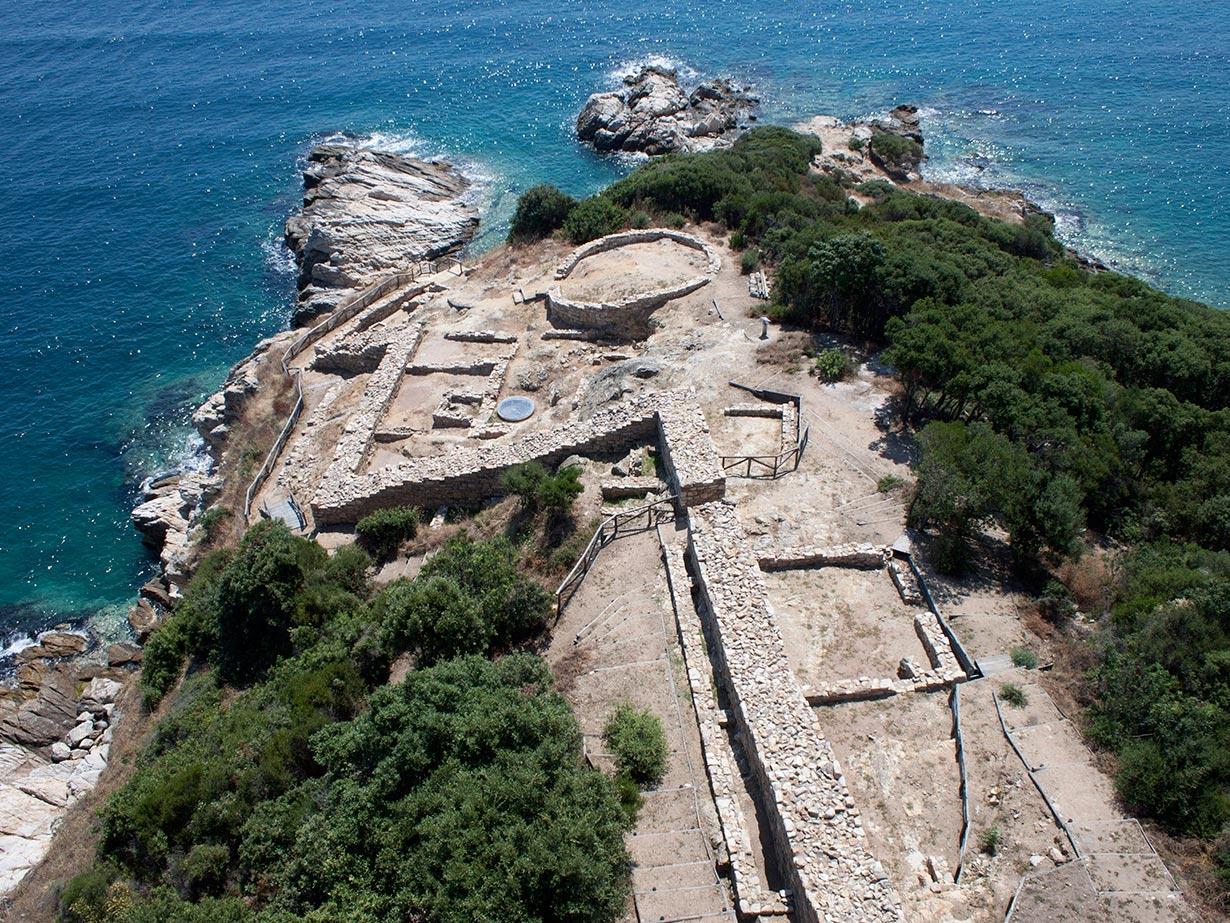
Aristotle Grove
In the historic village of Stagira, at an amazing location at an altitude of about 500 meters, next to the remnants of Mahala, the capital of Mandamochoria, is Aristotle’s Grove. It is the only theme park in Halkidiki. It is worth visiting to see the interesting instruments and enjoy the magnificent view of the Gulf of Ierissos. The grove existed and the magnificent location was chosen in 1956 to host Aristotle’s imposing statue, a work of sculptor Nicolas, to honor the great philosopher who was born in ancient Stagira.
The original interactive bodies hosted in the Grove area are experimental instruments that operate under the natural laws referring to Aristotle’s writings and especially in his work “The Natural”.
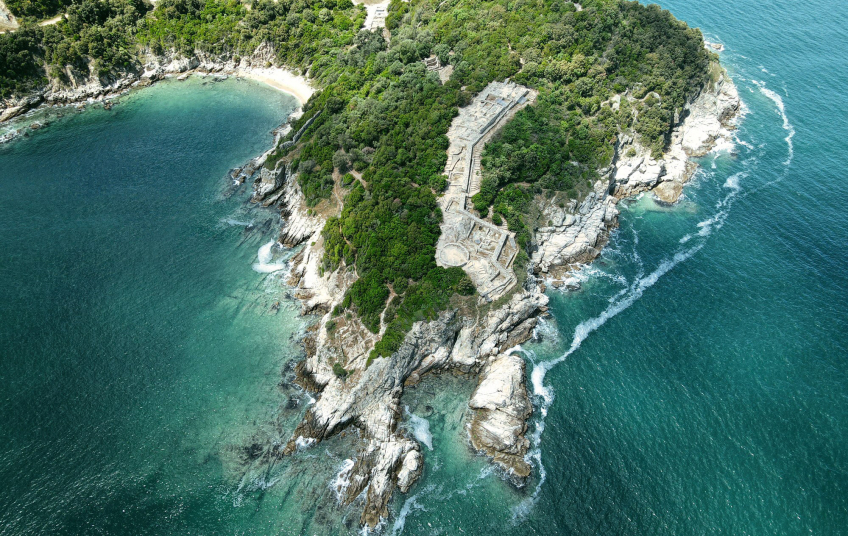
Stagira
The most important historical area of Halkidiki, the ancient Stagira, are located in the Liotopi peninsula, next to today’s Olympiad. Browsing is a real pleasure. If you even want to see them all you know you will need at least 2 to 3 hours and do not skip the coastal path which is great. The city was founded in 665 BC.

Monastery of Zygou
The Zygou Monastery is an old holy monastery that was founded in the middle of the 10th century and was destroyed shortly before 1198. It is located about 2 km east of Ouranoupoli, just outside the boundaries of Mount Athos, in a place also known as Fragokastro ( just 40 meters outside the current boundary line of Mount Athos).
The Monastery of Zygos (place also known as Fragokastro) is located in Ouranoupoli, about 40 meters from the border line of Mount Athos. It is the only monastery of Mount Athos that could be studied as it is accessible to all.
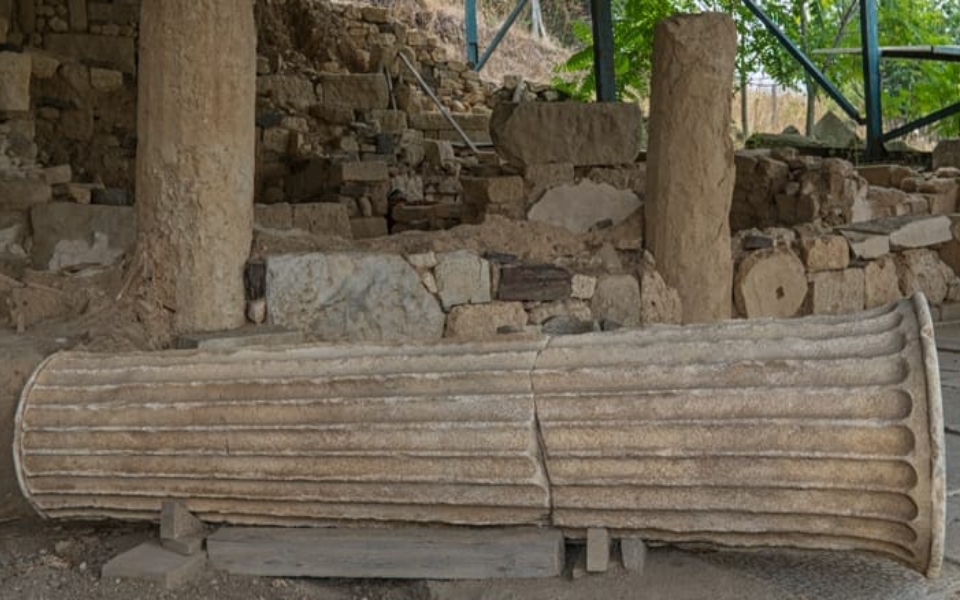
Ancient Akanthos
Ancient Akanthos was a leading city-port of eastern Halkidiki and one of the most important in the whole of Macedonia. It occupies a privileged position between two sea coasts, next to Ierissos and on the road to Ouranoupoli – Mount Athos. Akanthos, a colony of the Andrians according to Thucydides (IV 84.1) or Andrians and Chalcidians according to Plutarch (Aitiai Hellinon 30), developed around the middle of the 7th century. e.g. in a prehistoric settlement. The city is known from the wide circulation of its coins during antiquity. As the main source of wealth of the city, agriculture must be considered.
Historically, Acanthus makes its appearance during the Persian wars, when it is on the side of the Persians, first in 490 on the side of Mardonius and then in 480 BC. on the side of Xerxes, whom he helps in the construction of the canal on the peninsula of Aktis. He later joined the Delian Alliance and helped the Athenians in the Peloponnesian War. After the peace of Nikias in 421 BC, Akanthos enjoyed a short period of independence until the spread of the Macedonians and was finally placed in the 4th c. e.g. under their control. The city was sacked by the Romans around 200 BC. (Libius, 31.45.15 ff.), however its port continued to operate. In the imperial period the city became a Roman district (conventus of Roman citizens). Its extensive cemetery occupies the coastal zone of Ierissos and was used from the archaic (7th, 6th century BC) to the modern times (17th century)
